Understanding Tooth Sensitivity After Whitening
Tooth sensitivity after whitening is a common, yet often uncomfortable, experience. Many individuals seeking a brighter smile through professional or at-home whitening treatments encounter temporary sensitivity. This sensation, characterized by sharp, fleeting pain or discomfort, usually arises when the bleaching agents in whitening products penetrate the enamel and reach the dentin, the layer beneath that contains nerve endings. While typically temporary, understanding the causes and implementing strategies to mitigate this sensitivity can significantly improve your whitening experience, ensuring you achieve a dazzling smile without unnecessary pain. This article delves into the intricacies of tooth sensitivity, providing insights into its origins, effective relief methods, and preventative measures to help you navigate the process with ease.
What Causes Tooth Sensitivity
Several factors contribute to the development of tooth sensitivity, especially after a whitening treatment. The primary culprit is the whitening agent itself, typically hydrogen peroxide or carbamide peroxide. These chemicals work by breaking down stains on the teeth, but in the process, they can irritate the nerves inside your teeth. Sensitivity can also be heightened if your enamel is naturally thin or if you have existing dental issues like cavities, cracks, or receding gums. These conditions expose the dentin, which contains microscopic tubules that lead directly to the nerve, making your teeth more vulnerable to the effects of the whitening agents. Furthermore, using a whitening product too frequently or at a higher concentration than recommended can intensify sensitivity.
The Whitening Process and Sensitivity
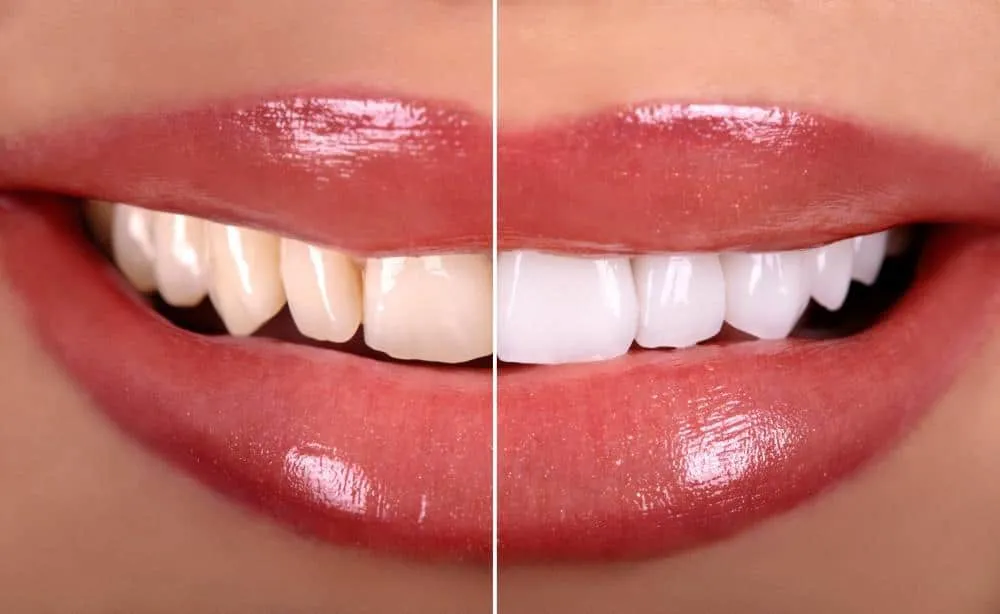
The whitening process itself directly impacts the likelihood of sensitivity. During whitening, the bleaching agents diffuse through the enamel and into the dentin. This process can cause the dentinal tubules to become more open, which increases the transmission of stimuli to the nerves. The intensity of the sensitivity often depends on the concentration of the whitening agent and the duration of its contact with the teeth. Professional whitening treatments, which use higher concentrations, tend to produce more immediate and pronounced sensitivity compared to at-home kits. However, even with at-home products, the frequency of use and the individual sensitivity of your teeth play a significant role in the overall experience. Understanding this relationship helps you to take proactive steps to manage the discomfort effectively.
Immediate Relief Strategies
When sensitivity strikes after whitening, immediate relief is often a priority. Several strategies can quickly soothe the discomfort and help you regain your comfort. These approaches, ranging from over-the-counter products to professional treatments, aim to reduce the sensation and protect the exposed nerve endings. The key is to act swiftly and consistently to minimize pain and facilitate a smoother recovery. Additionally, adopting these strategies can provide immediate relief, enabling you to enjoy your brighter smile without the constant reminder of sensitivity. Always consult your dentist if sensitivity persists or worsens to ensure the best course of action.
Over-the-Counter Solutions
Several over-the-counter products can provide quick relief from tooth sensitivity. These solutions work by either blocking the pathways to the nerves or strengthening the enamel. The ease of access and convenience makes them an excellent starting point for managing post-whitening discomfort. While they offer a temporary solution, they can significantly improve comfort levels and allow you to continue enjoying your brighter smile. Utilizing these solutions correctly can often make the difference in managing sensitivity effectively.
Desensitizing Toothpaste
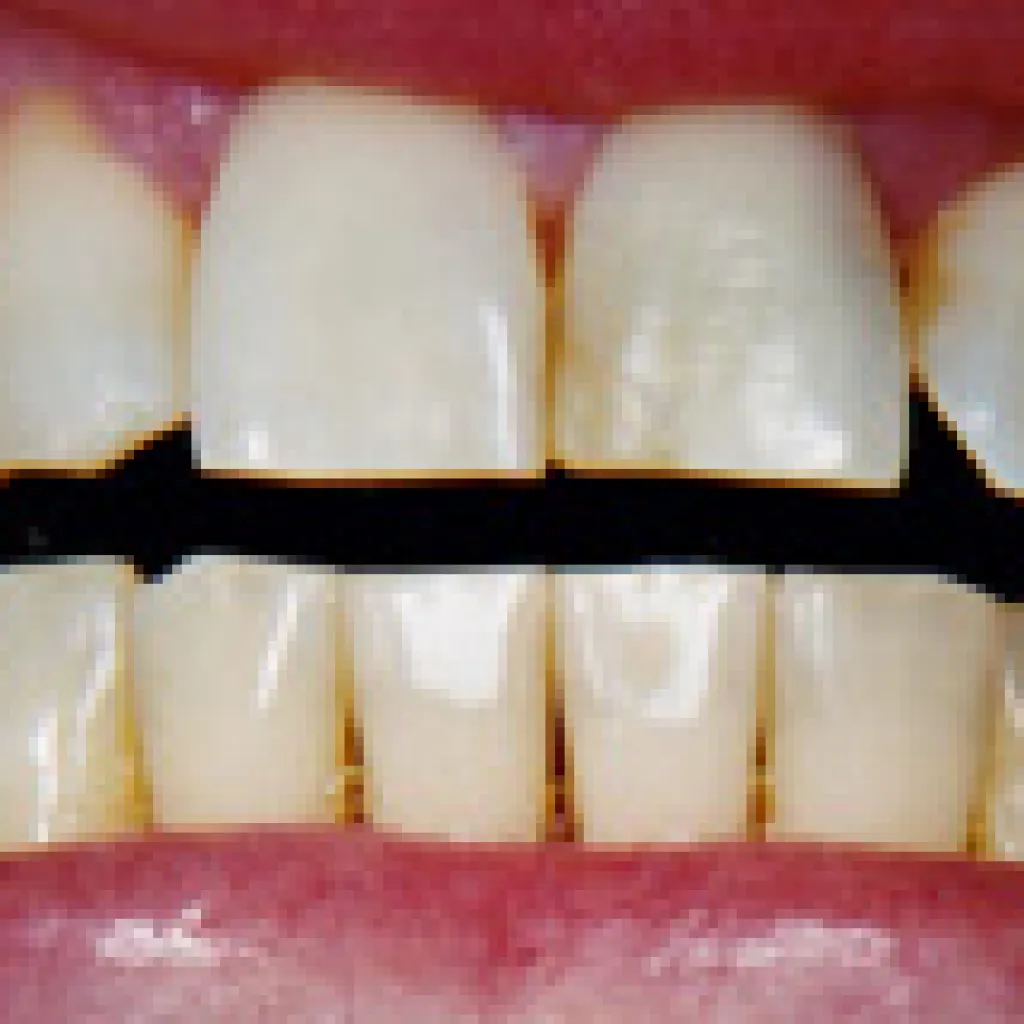
Desensitizing toothpastes, containing ingredients like potassium nitrate or stannous fluoride, are specifically designed to alleviate sensitivity. Potassium nitrate works by blocking the nerve signals that cause pain, while stannous fluoride can help to block the dentinal tubules, reducing the stimuli that reach the nerves. Regular use of these toothpastes, starting a few weeks before your whitening treatment, can create a protective barrier and significantly reduce sensitivity. For best results, brush gently, ensuring the toothpaste contacts all sensitive areas. Consistency is key; using desensitizing toothpaste twice daily can make a noticeable difference within a few days to a couple of weeks.
Fluoride Treatments
Fluoride treatments strengthen tooth enamel, making it more resistant to sensitivity. Fluoride helps remineralize the enamel, effectively sealing the dentinal tubules and reducing the transmission of stimuli. Over-the-counter fluoride mouthwashes and gels can be used at home, following the instructions on the product. However, if your sensitivity is severe, your dentist may recommend a stronger, professional fluoride treatment. These treatments often involve applying a high-concentration fluoride varnish to the teeth, providing immediate relief and long-lasting protection. Regular fluoride treatments can be an excellent preventative measure to reduce sensitivity, especially after whitening treatments.
Professional Treatments
When over-the-counter solutions aren’t enough, your dentist can provide professional treatments to effectively manage tooth sensitivity. These treatments offer a more intensive approach and are often quicker and more effective at providing relief. Professional intervention not only addresses immediate discomfort but also helps to address the underlying causes of sensitivity, offering long-term benefits. Consulting with a dentist ensures that you receive personalized care tailored to your specific needs and the severity of your sensitivity. These professional treatments offer robust solutions to alleviate discomfort and protect your teeth.
In-Office Fluoride
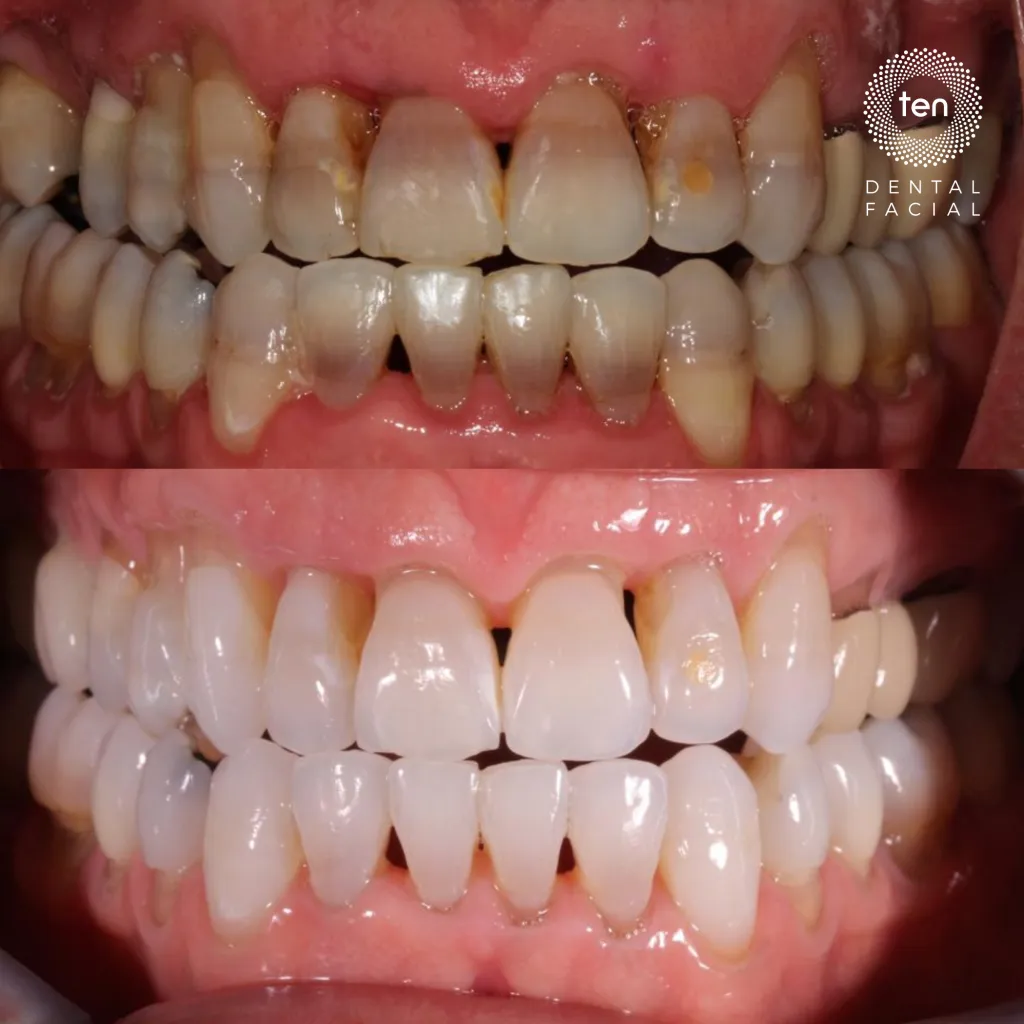
Dentists often apply a high-concentration fluoride varnish directly to your teeth during an in-office treatment. This varnish contains a much higher fluoride concentration than what is available in over-the-counter products. The application is quick and painless, and the fluoride is absorbed by the enamel, strengthening the teeth and reducing sensitivity. The professional application ensures even coverage and maximum absorption, providing immediate relief. The dentist may also recommend follow-up treatments or home care instructions to maintain the benefits of the treatment, ensuring your teeth remain protected and less sensitive to future irritants.
Protective Varnish
In addition to fluoride, dentists may apply a protective varnish to seal the dentinal tubules and reduce sensitivity. This varnish creates a physical barrier, preventing stimuli from reaching the nerves within the teeth. The application is similar to fluoride varnish and is quick and painless. Protective varnishes are particularly effective for individuals with exposed dentin or receding gums. The dentist will typically assess the severity of the sensitivity and recommend the most appropriate varnish, ensuring the best possible outcome. The application can provide immediate relief, allowing you to comfortably enjoy your brighter smile.
Long-Term Care and Prevention
While immediate relief is crucial, long-term care and preventative measures play a vital role in minimizing future sensitivity. Adopting consistent oral hygiene practices, making dietary adjustments, and choosing the right products can significantly impact your tooth sensitivity levels. These preventative strategies not only reduce sensitivity but also contribute to overall oral health and well-being. By incorporating these practices into your daily routine, you can maintain a healthy, bright smile while avoiding the discomfort associated with tooth sensitivity.
Proper Brushing Techniques
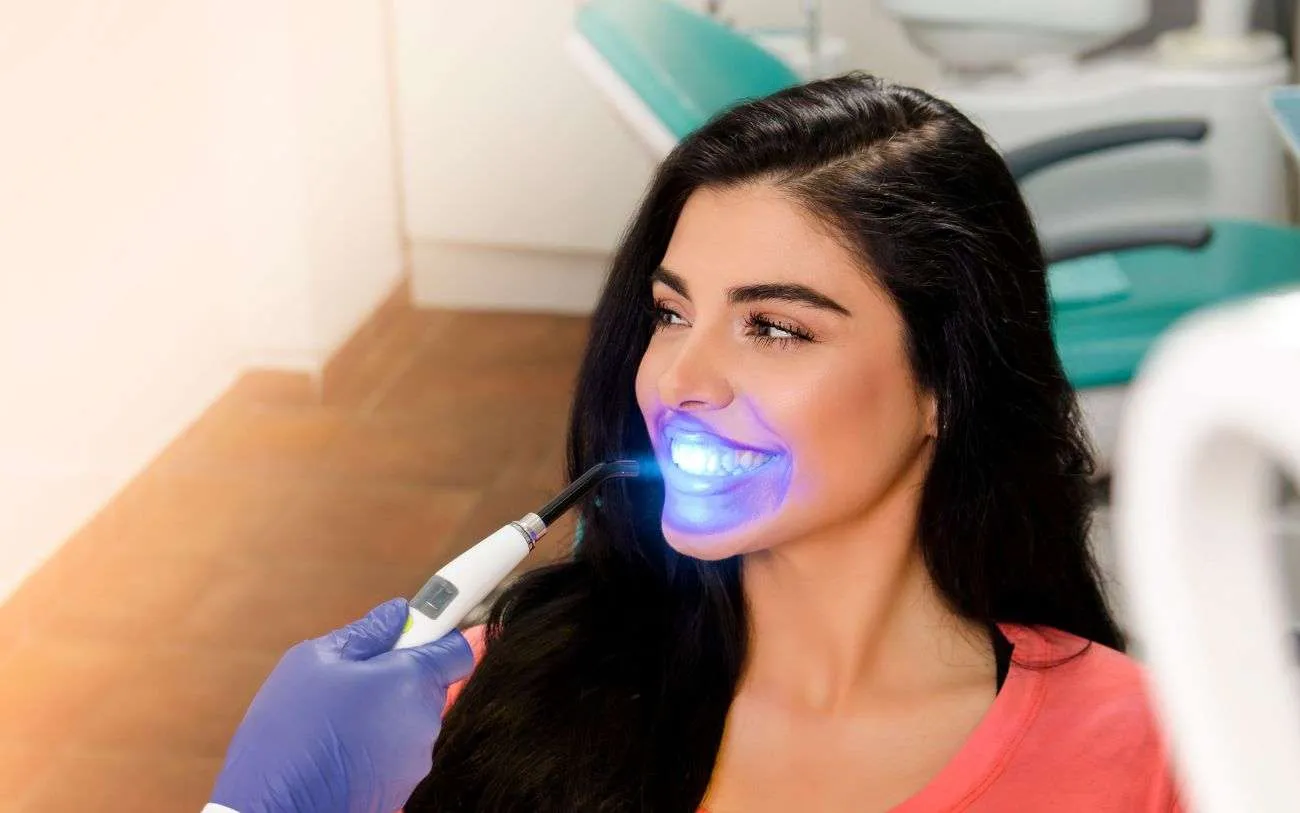
Brushing your teeth correctly is essential for preventing sensitivity and maintaining healthy gums. Use a soft-bristled toothbrush and brush gently, using a circular motion. Avoid brushing too aggressively, as this can wear down the enamel and irritate your gums, leading to receding gums and exposed dentin. Be sure to brush for at least two minutes, twice a day, ensuring you reach all surfaces of your teeth. Proper brushing also involves cleaning your tongue to remove bacteria that contribute to sensitivity. Regularly replacing your toothbrush every three months, or sooner if the bristles become frayed, is also crucial for effective brushing.
Choosing the Right Toothpaste
Selecting the right toothpaste can significantly affect your teeth’s sensitivity levels. As mentioned before, using a desensitizing toothpaste containing potassium nitrate or stannous fluoride is beneficial. These ingredients work by blocking nerve signals and strengthening enamel, respectively. Avoid toothpastes with abrasive ingredients or harsh chemicals, which can further irritate sensitive teeth. Read the product labels carefully and choose toothpastes that are specifically designed for sensitive teeth. Consider using a toothpaste with a low Relative Dentin Abrasivity (RDA) value to minimize wear on your enamel. Consulting with your dentist can help you choose the most suitable toothpaste for your specific needs.
Dietary Considerations
Your diet plays a crucial role in managing and preventing tooth sensitivity. Certain foods can exacerbate sensitivity, while others can help protect your teeth. Making conscious choices about what you eat and drink can significantly reduce discomfort and protect your enamel. Pay attention to your body’s reactions to different foods and adjust your diet accordingly. This mindful approach can promote overall oral health and help you maintain a comfortable, bright smile for a long time.
Foods to Avoid
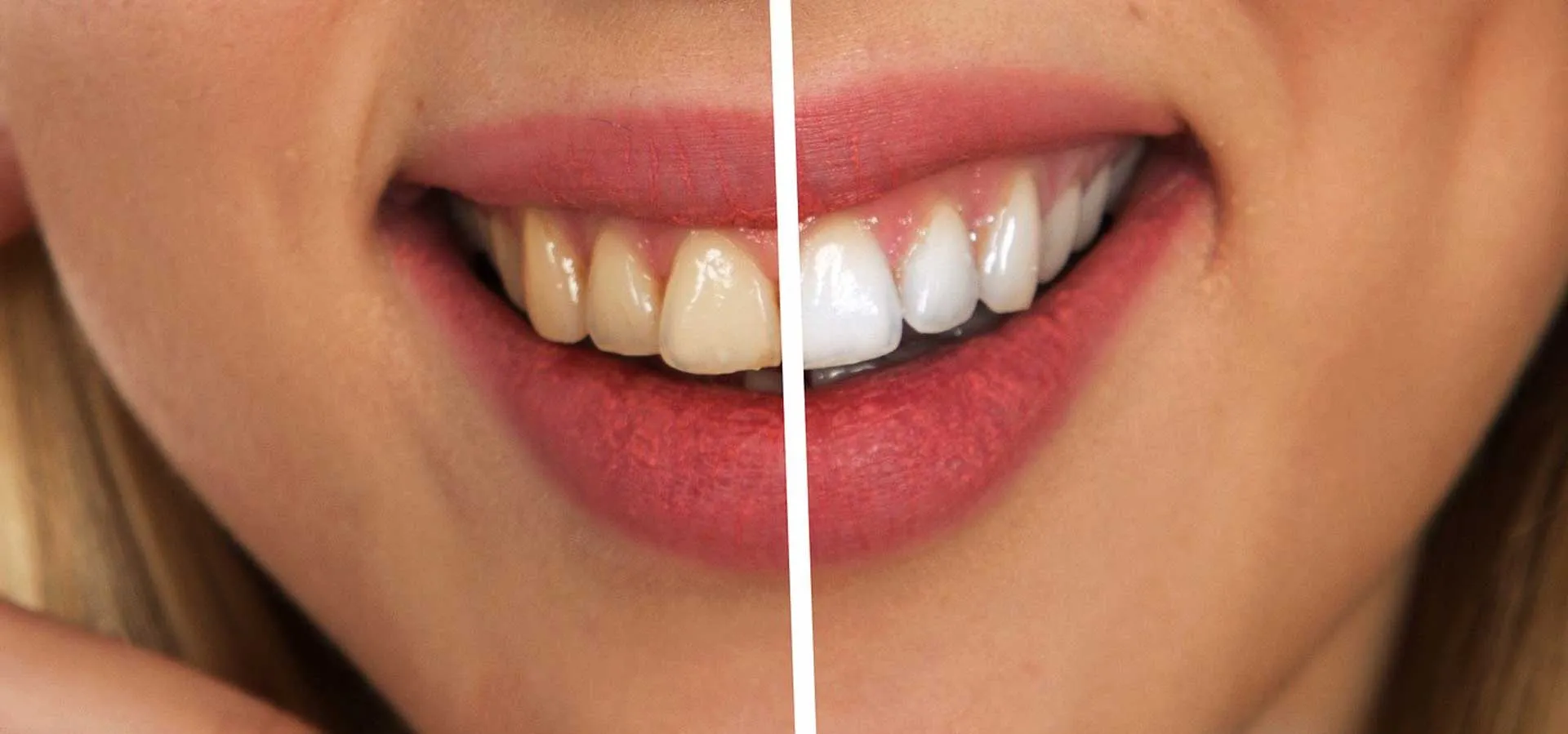
Certain foods and drinks can trigger or worsen tooth sensitivity. Highly acidic foods, such as citrus fruits, tomatoes, and pickles, can erode enamel and expose the dentin, leading to increased sensitivity. Sugary foods and drinks, including sodas, candies, and processed snacks, contribute to the formation of cavities, which can also cause sensitivity. Extremely hot or cold foods and beverages can also be problematic, as they can directly stimulate the sensitive nerves in your teeth. It’s advisable to minimize the consumption of these items, especially after whitening treatments or when experiencing sensitivity. Rinsing your mouth with water after consuming acidic or sugary foods can help mitigate their effects.
Foods to Enjoy
Including certain foods in your diet can promote oral health and potentially reduce sensitivity. Foods rich in calcium, such as dairy products and leafy green vegetables, can strengthen your enamel and help protect against erosion. Fiber-rich foods, like fruits and vegetables, stimulate saliva production, which helps to neutralize acids and wash away food particles. Vitamin-rich foods, such as oranges, strawberries, and broccoli, support overall oral health. Water is also essential; drinking plenty of water helps keep your mouth clean and hydrated, reducing the risk of sensitivity. A balanced diet that prioritizes these foods can contribute to healthier, less sensitive teeth.
